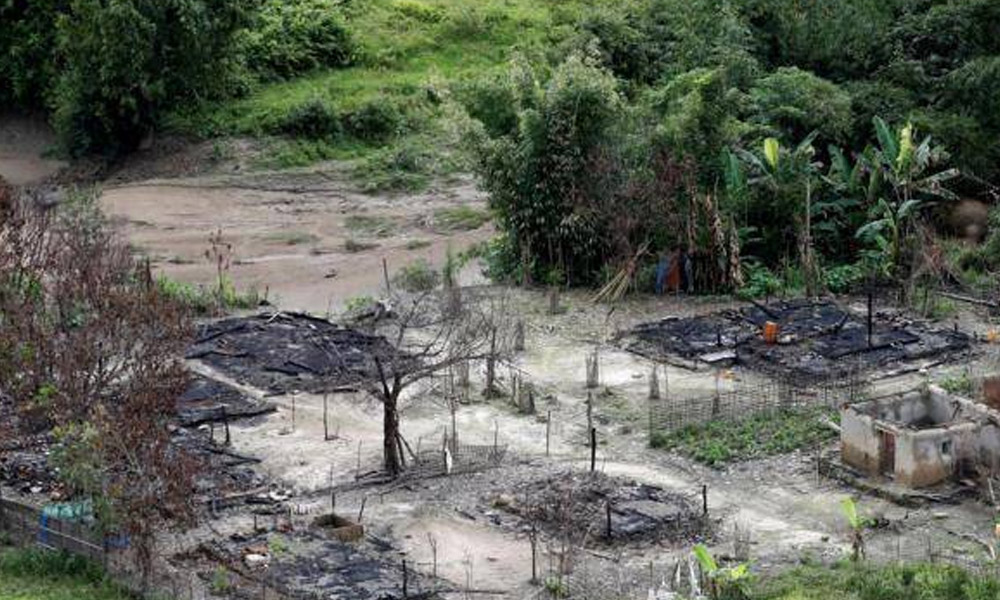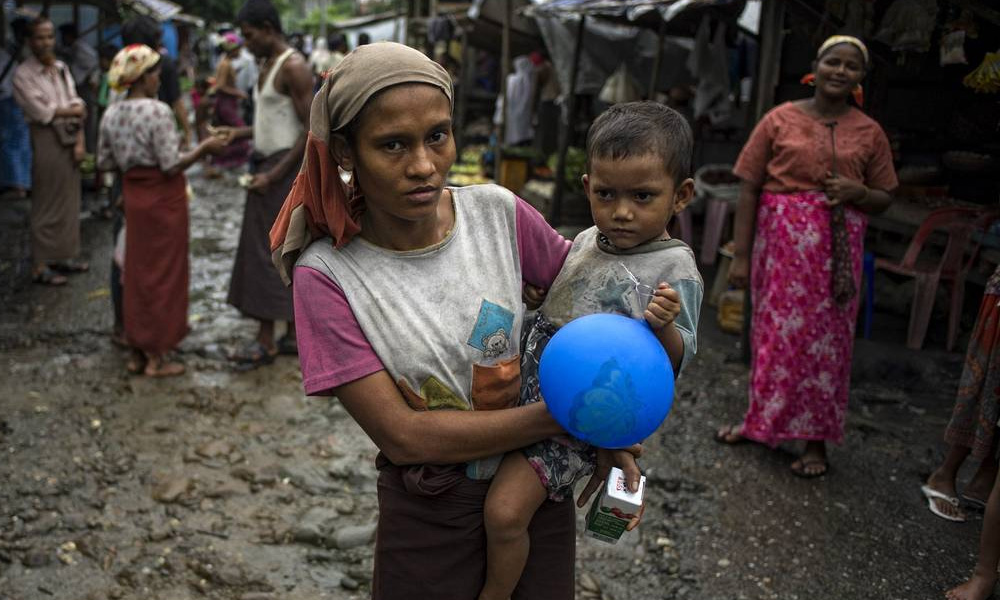
Of late, there is an alarming surge in hateful and dangerous speech against the Rohingyas. This Covid-19 pandemic has opened a Pandora box of a virulent form of racism embedded deep within our divided society.
Today, the targeted group is the Rohingyas. Tomorrow, it could be some other groups, be they the racial, ethnic, religious, national, social or political ones. The narrative has a certain ideological template which can be applied to all.
It is of critical importance that we are able to recognise and identify its social implications if we are to have an early warning system. This is to detect, predict and prevent it from developing into a pandemic of violence against the targeted group.
We are always in the process of classifying things, events and people. We tend to create the ingroup as ‘Us’ and outgroup as ‘Them’. However, this is really not a problem yet, until the ingroup starts to stereotype and stigmatise the other as less human, sub-human or non-human. Further, the mere existence of the latter is framed as a threat to the health and security of the former.
Once framed as a potential threat, there is no moral or legal obligation for Us to protect Them. One can just throw them out of one’s universe of obligations without any guilt. Worst still, violence, symbolic or physical, is justifiable as a means to an end of the “Common Good”.
Be it real or imagined, images of the few of the others are portrayed in negative lights and overgeneralised to the group or community as a whole. Basically, this is how an “Enemy” is created with false imageries and false information.
Rohingya is an ethnoreligious term referring to the Muslims living in Arakan or Rakhine State in Burma (Myanmar). The Rohingyas have their ancestral and cultural roots in Rakhine State for centuries.

Rohingyas were entitled to be citizens after Burma’s independence from the British in 1948. However, with the declaration of 1982 Citizenship Law, they have been denied the rights of citizens, till the present. Institutionalised racism became increasingly more virulent and exclusionary.
This ultimately led to the full-fledged unfolding of a slow-burning genocide in Myanmar, which had been developing over the decades as evidenced in the recent UN Fact-Finding Mission Report.
Today is that dark day of May 13, 1969. We would like to move on from this dark shadow. However, without confronting the past, how much meaning could be created for peace without justice? How far could a traumatised society go without acknowledgement of moral wrongs? Would the unlearnt lessons come to haunt us again?
There is no comparative equivalence of May 13 to the Rohingya Genocide in terms of the scale of magnitude and duration. May 13 lasted a few weeks whereas the Rohingya genocide began in 1978, peaked in August 2017 and the severe persecution of the community lasts until today. A million over are forcibly displaced, with tens of thousands killed. The exact number of deaths of May 13 is unknown, perhaps in the range from a few hundred to a couple of thousands.
However, there is no material difference between the survivors of the ethnic minority on May 13 and the Rohingya minority in genocide, when they both encountered mass killings and houses with loved ones inside being burnt to the ground. There is no meaningful human scale to measure whose pain and suffering is more severe. They all suffer as humans.
Yet, both faced the spectre of the mass atrocity of destruction, in whole or in part due to their membership in ethnic or religious groups. Both faced discrimination, stigmatisation and dehumanisation before mass killings happened. Genocide and mass violence do not happen overnight as one group wakes up the next day to annihilate their neighbours.

There are certain distinct but often overlapping stages or processes of mass violence. For example, it is inevitable that hate speeches or dangerous speeches with murderous ideology are being allowed or encouraged. An ideology becomes dangerous when one ethnic group is allowed to justify their violence to destroy another ethnic group, be it physically and/or culturally.
Murderous ideology does not always involve mass killings. Advocating to expel an ethnic group, or destroying the foundations of their livelihood and way of life, regardless of whether they live or die, could be murderous, reckless or otherwise. Such toxic ideology could be masked as a so-called heroic act for the Common Good and protection of one’s own race and religion. Even intelligentsia could fall victim to such an illusion.
Dangerous ideology to destroy a population group should be seen as the virus of the pandemic of violence. It should be quarantined and locked down. It should be treated as a problem in public health and preventive medicine. Mental distancing from the ideology of mass violence should be part of the educational process.
A comprehensive and holistic approach based on the precautionary principle of preventive medicine with sustained efforts should be formulated to prevent the scourge of humanity like May 13 from recurring, so as to acknowledge and honour the moral worth of the victims and affected community.
Understanding, education, and prevention of mass violence shall then be the vaccine against the pandemic of violence. Universal empathy shall be the key to counteract against genocidal mentality. - by CT Wong - Mkini



No comments:
Post a Comment
Note: Only a member of this blog may post a comment.